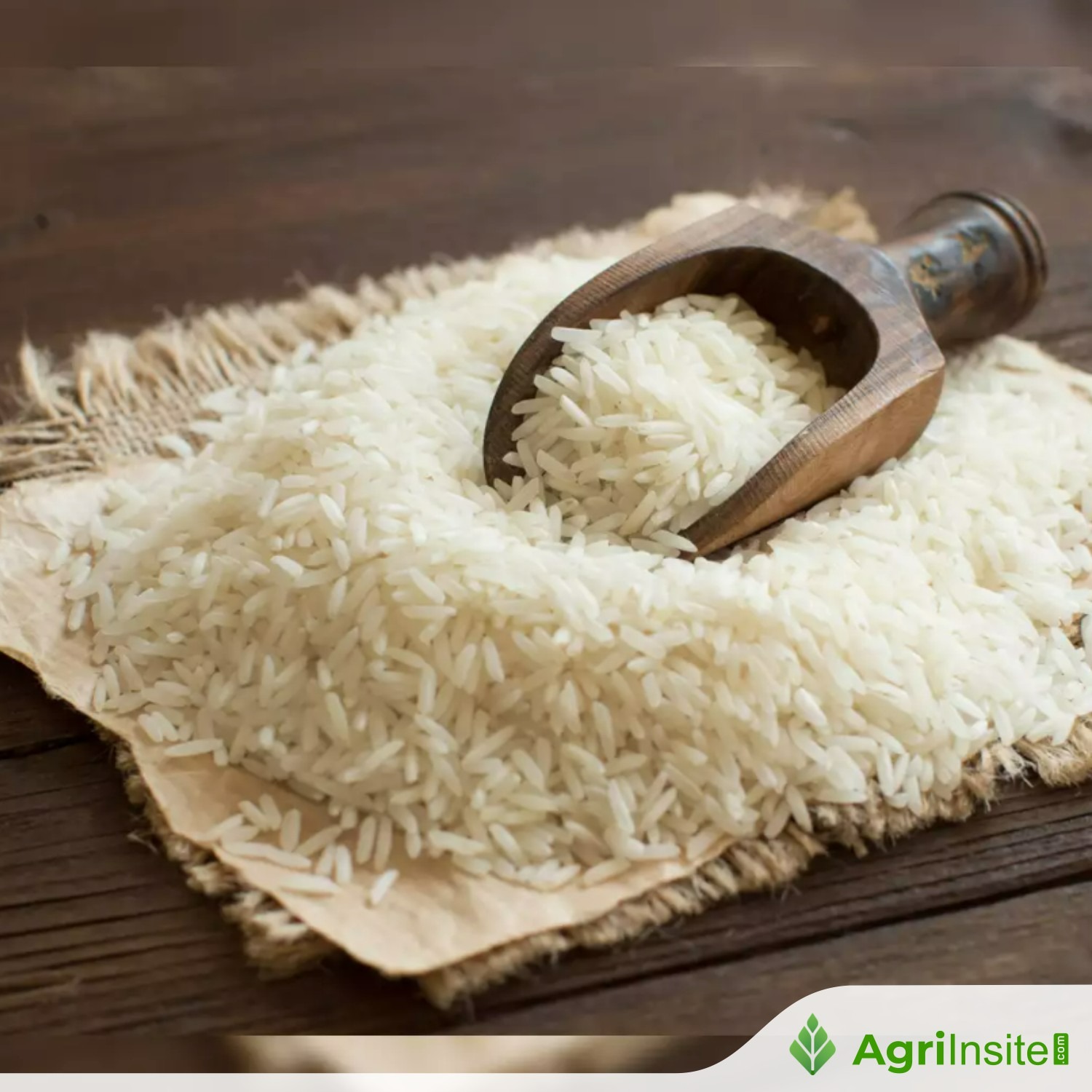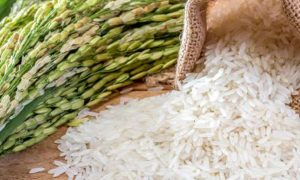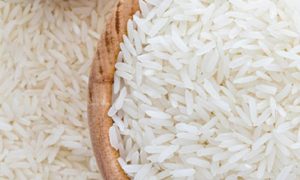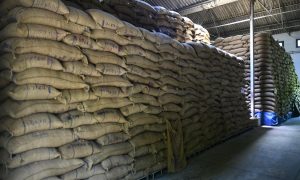Thai rice sector in crisis as yields fall, costs rise and export prices hit 15-year low

Thailand’s rice sector is losing competitiveness as yields decline, costs rise and paddy prices fall below production levels. Experts blame decades of subsidy-heavy policies that discourage innovation. Vietnam and India have modernised faster, producing higher-quality rice at lower cost, leaving Thai farmers facing losses and increasing long-term risks to food security.
Experts warn Thailand’s rice industry is losing global competitiveness as yields decline, domestic prices collapse and decades of populist subsidies hinder farmers’ productivity.
Thailand’s long-running rice crisis has resurfaced, with new data showing that yields per rai continue to decline, production costs are rising, domestic paddy prices are collapsing, and export prices have fallen to their lowest level in more than 15 years. Analysts warn these are clear signs that the competitiveness of Thailand’s rice industry is steeply deteriorating in the global market.
Assoc Prof Somporn Isvilanonda, Senior Fellow at the Knowledge Network Institute of Thailand, said that over the past 14 years under four administrations, government rice policy has remained trapped in the same populist cycle — pledging schemes, income guarantees and direct subsidies such as “1,000 baht per rai”. These programmes have cost 1.2–1.3 trillion baht but have created a policy trap, discouraging farmers from upgrading technology, improving efficiency or adapting to global competition.
Meanwhile, key competitors such as Vietnam and India have rapidly upgraded seed quality and modernised production systems, enabling them to export better-quality rice at lower cost. Thailand, however, remains stuck in a subsidy-dependent model, now turning into a ticking time bomb for rural livelihoods and national food security.
Prices collapse while costs rise
Common white paddy that farmers sold for just over 10,000 baht per tonne last year has now dropped to below 8,000 baht. Freshly harvested paddy with high moisture sells for only 5,000-6,000 baht per tonne, far below production costs.
Thai farmers’ average production cost is 7,200–7,500 baht per tonne, compared with Vietnam: ~6,000 baht/tonne and India: ~5,000 baht/tonne. Meanwhile, Thailand’s yields remain the lowest in ASEAN at just 370–600 kg per rai, compared with Vietnam: ~800 kg/rai (over 1 tonne for some varieties) and India: 700–800 kg/rai.
For many Thai farmers, this means breaking even, losing money or earning only marginal profit— and only those who use high-yield varieties and advanced cost-saving techniques can survive. The result, Somporn warns, is that rice farming has become high-risk and increasingly fragile, trapping Thai households in middle-income stagnation.
To Read more about Rice News continue reading Agriinsite.com
Source : Nation Thailand















